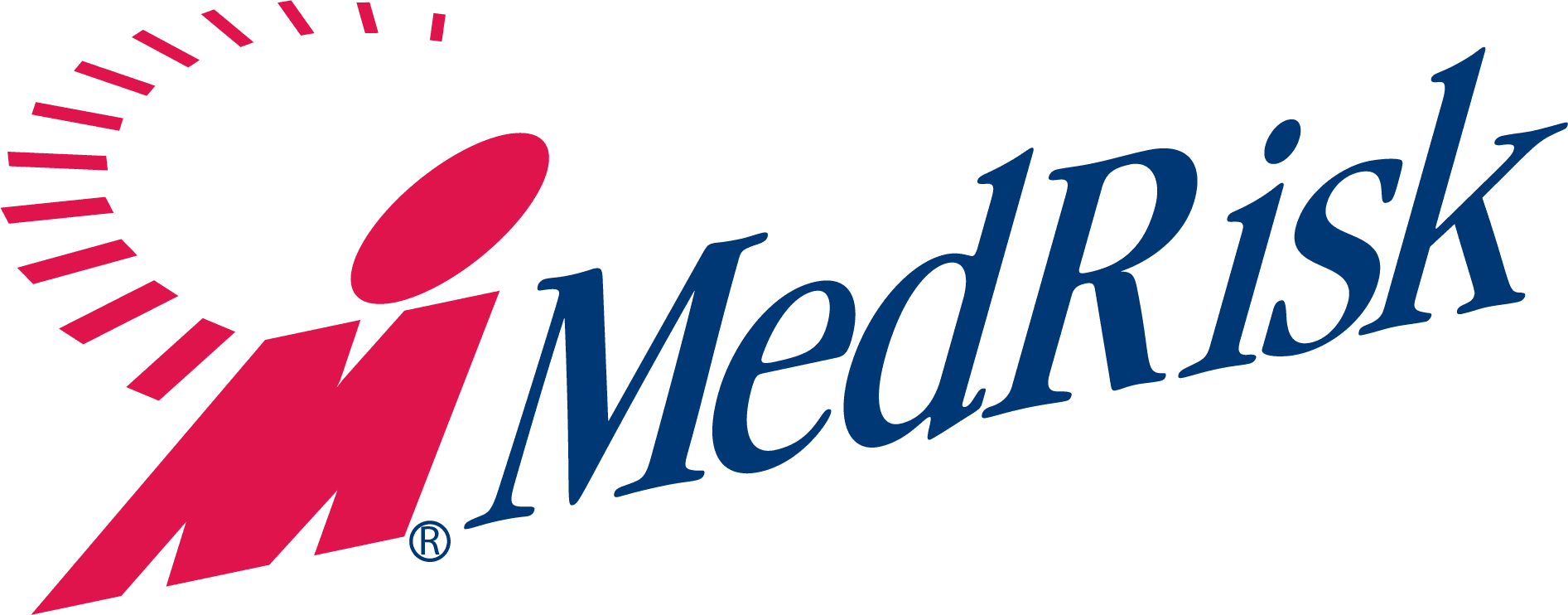When it comes to getting an injured worker back on the job, employers bear a not-insignificant part of the responsibility. While the employer is not the one doing the recovery, he or she does set the tone for an efficient return to work – and the employee’s long-term well-being.
What does that look like in the real world? Here are five things employers can do to help get injured workers back on the job quickly and effectively.
Communicate Expectations Clearly
The first step in any successful transition back to work is clear expectation-setting on the part of the employer. The vast majority of injured employees are going through the process for the first (and only) time; they won’t necessarily know what’s expected of them, or how to facilitate a return to the job. By keeping lines of communication open, providing actionable resources and providing realistic milestones, employers can keep workers confident, optimistic and engaged in their recovery.
Implement Evolving Corporate Guidelines
There is no “one-size-fits-all” solution to on-the-job injuries, but many factors can be addressed by universal corporate guidelines. Having a good set in place increases administrative efficiency, makes it easier to answer employee questions and significantly reduces legal risk. In addition, making plans to regularly update these guidelines based on what’s working allows all injured workers to benefit from best practices developed over time.
Help Ensure an Accurate Diagnosis
An accurate diagnosis is fundamental to effective treatment and speedy return to work. Employers can help ensure this happens by working with managed care organizations with networks of highly qualified, thoroughly vetted diagnostic imaging providers. The better the quality of network providers, the better the diagnosis.
Insist on Work Hardening/Conditioning
A work hardening/conditioning program is an essential “last step” in the treatment process. Intensive and highly focused, it builds on the foundation built in physical therapy or occupational therapy by adding job-specific tasks and skills. After the completion of work hardening/conditioning, a worker won’t just be “well” – he or she will be job-ready.
Don’t Ignore Psychosocial Factors
Research shows that psychosocial factors – catastrophizing, fear, disability beliefs, perceived injustice, etc. – account for as much as 30 percent of disability magnitude variance, compared to just 10 percent for pain. Simply put, this means that physical recovery is far from the only factor that plays into an injured employee returning to work; overcoming mental barriers is just as important – if not moreso. Fortunately, top managed care organizations have started addressing psychosocial factors through programs. Designed to promote reintegration into life-role activities, increase quality of life and facilitate return to the job, these solutions provide cost-effective ways to reduce the number of long-term workers’ comp cases.



